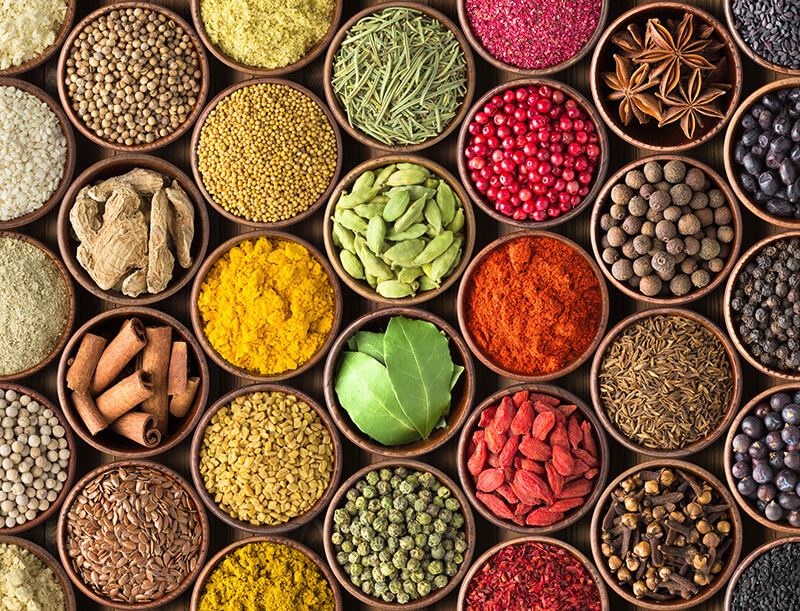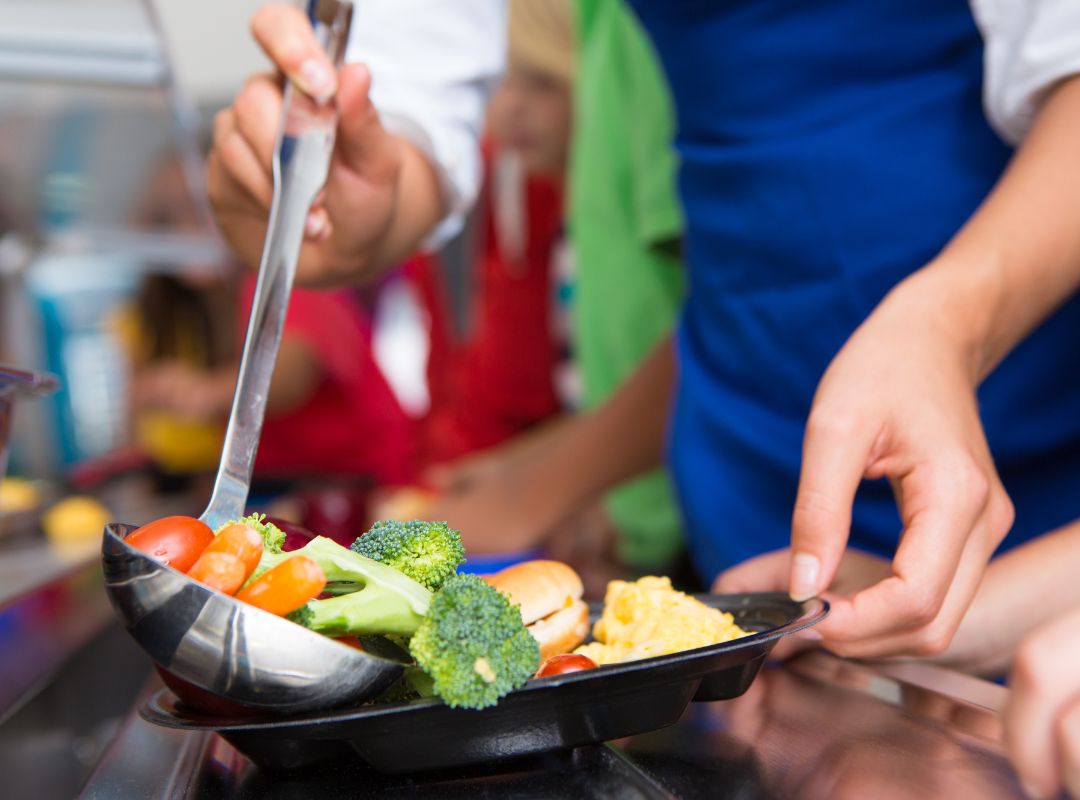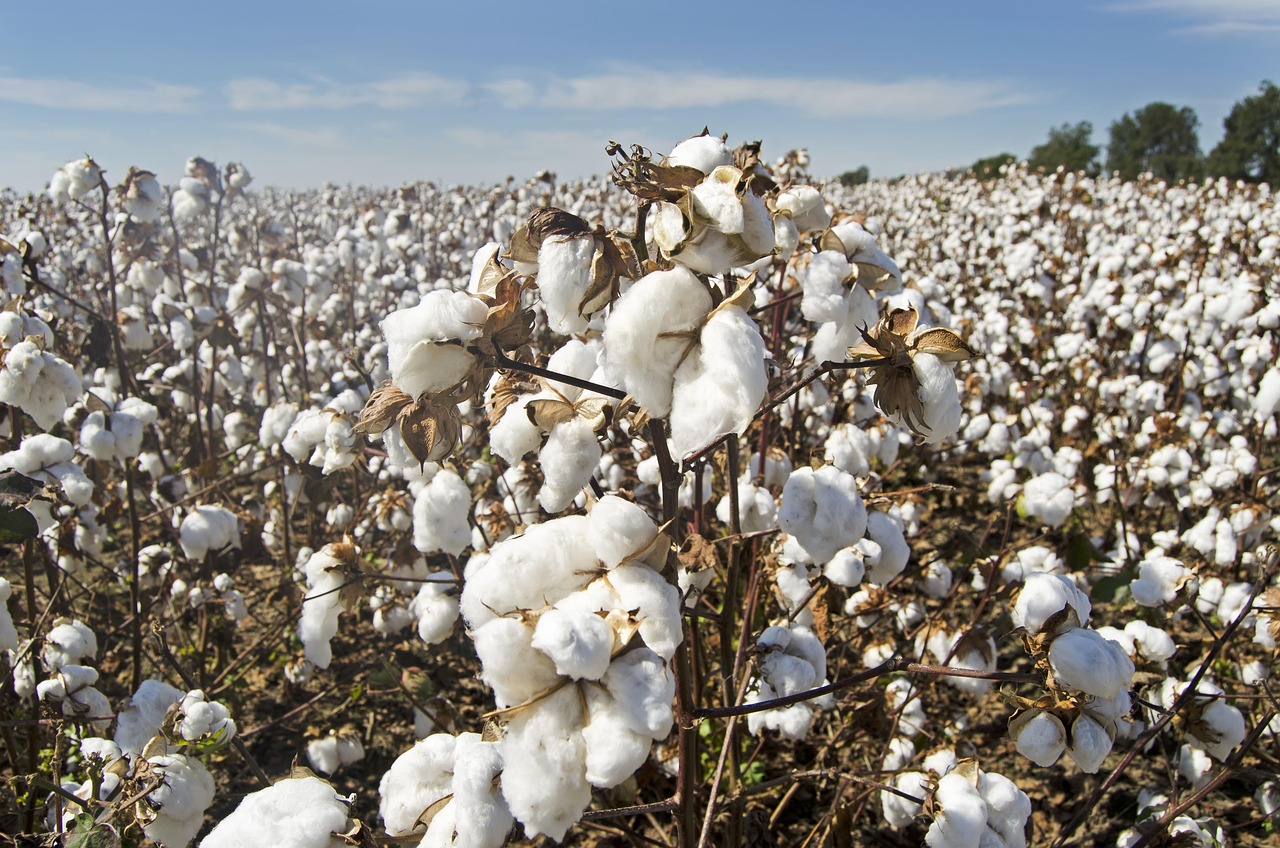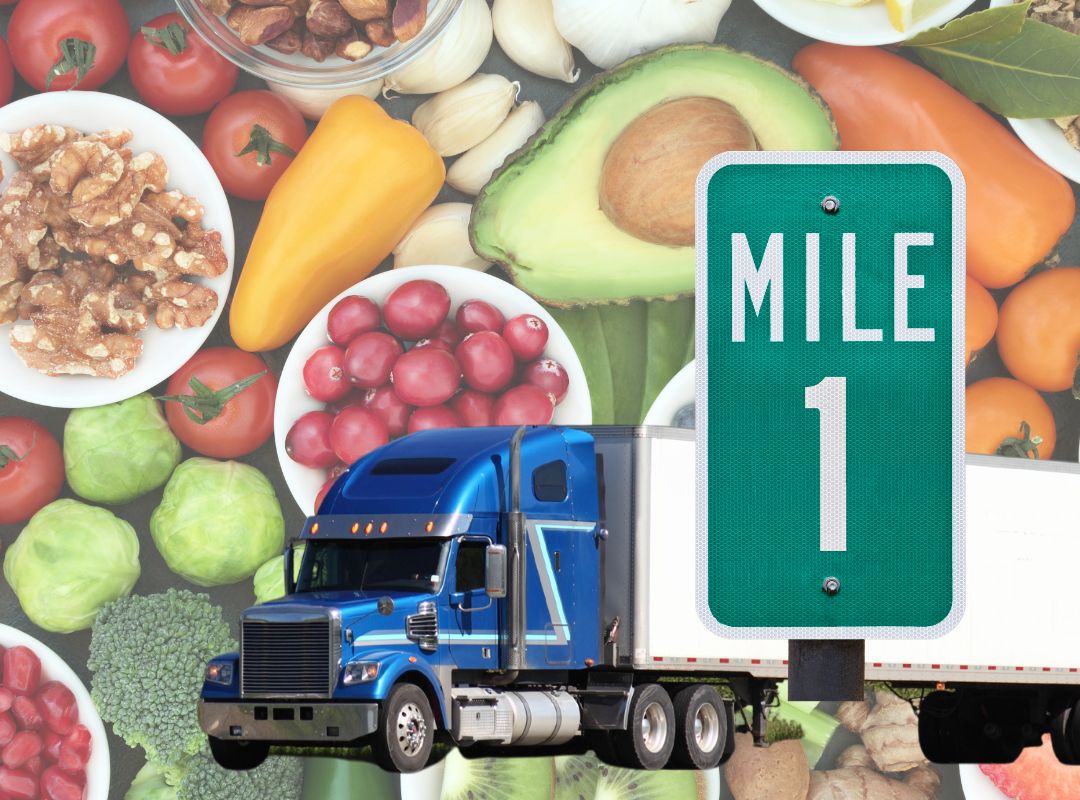Vegetables: Tops and Bottoms
Students investigate a variety of vegetables, discover how and where they are grown, and explore their nutritional benefits.
Students investigate a variety of vegetables, discover how and where they are grown, and explore their nutritional benefits.
Students identify what cows and humans need to survive by exploring the physical characteristics of cows and the food, water, shelter, and other environmental needs of cows compared to their own needs. Students also examine how farmers work to meet the needs of their cows.
Students explore the Census of 2020 by making a connection between shepherds counting their sheep and counting the population of the United States.

In this lesson students will recognize the difference between a spice and herb, learn how herbs and spices are grown on farms around the world, and participate in a culinary challenge to season popcorn for various cultural cuisines.

Through project-based learning, students conduct surveys with their peers at school about healthy food products they think will be marketable for school concessions. Based on surveys and research, they choose an in-demand product to test in class and then present to a guest panel as a healthy choice.

Students investigate the impact of cotton on the history and culture of the United States.
Students will engage with the Growing a Nation timeline to explore the significant historical and agricultural events and inventions from American history during the years 1600-1929. Students will recognize the importance of labor in agriculture, discover how the implementation of technology increased agricultural production, and explore the role wool played during this era.
Students view the 2018 documentary Before the Plate and follow Canadian chef John Horne as he journeys to the source of ten primary food ingredients used in his restaurant. Using critical thinking skills, students will explore the farm-to-table journey of food. This lesson covers a socioscientific issue and aims to provide students with tools to evaluate science within the context of social and economic points of view.

Students calculate the miles common food items travel from the farm to their plates and discuss the environmental, social, and economic pros and cons of eating local vs relying on a global marketplace for our food.

Students explore New World and Old World food origins to discover how the Columbian Exchange altered people’s lives worldwide.

Students explore New World and Old World food origins to discover how the Columbian Exchange altered people’s lives worldwide.

Students explore New World and Old World food origins to discover how the Columbian Exchange altered people’s lives worldwide.